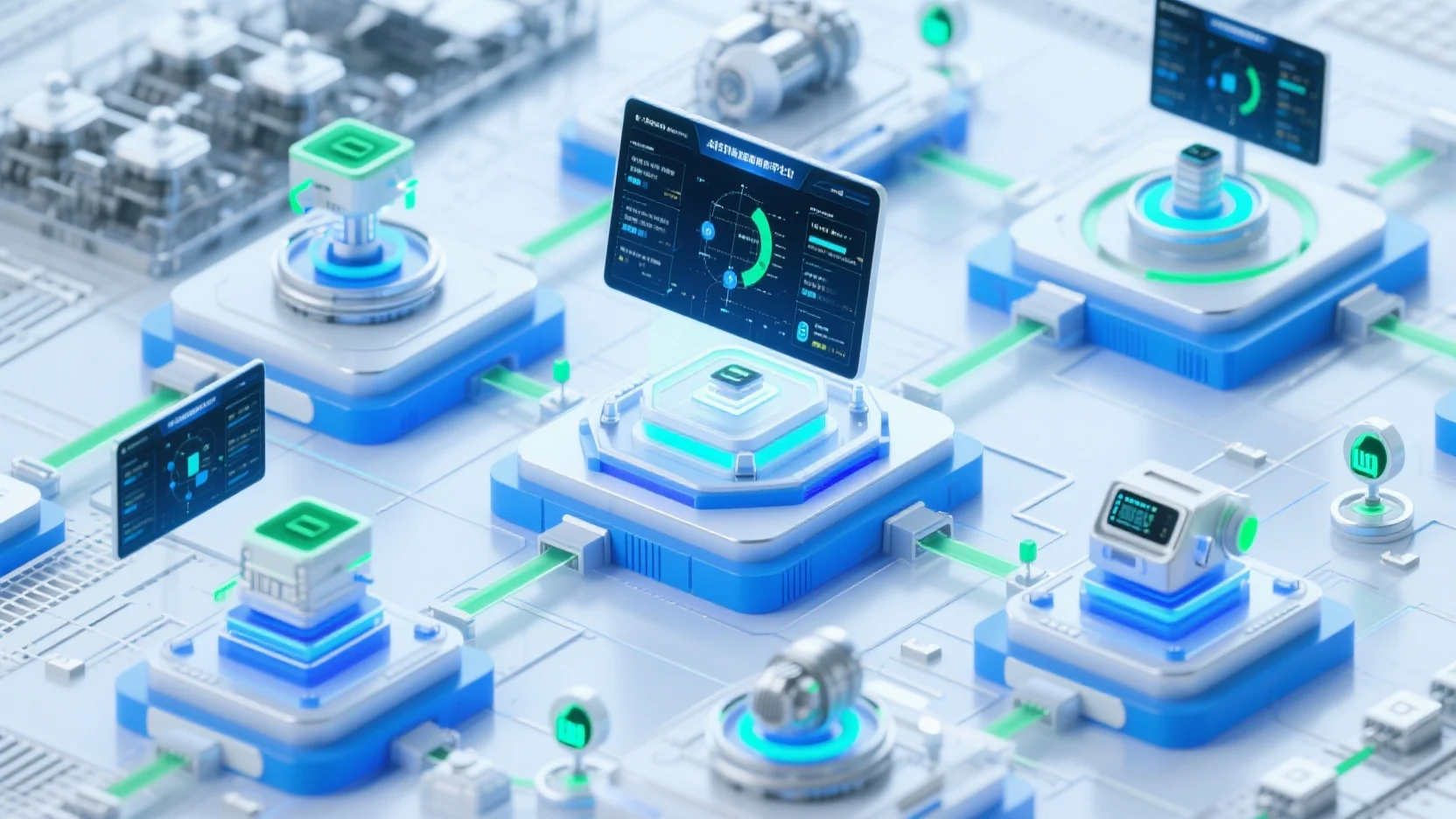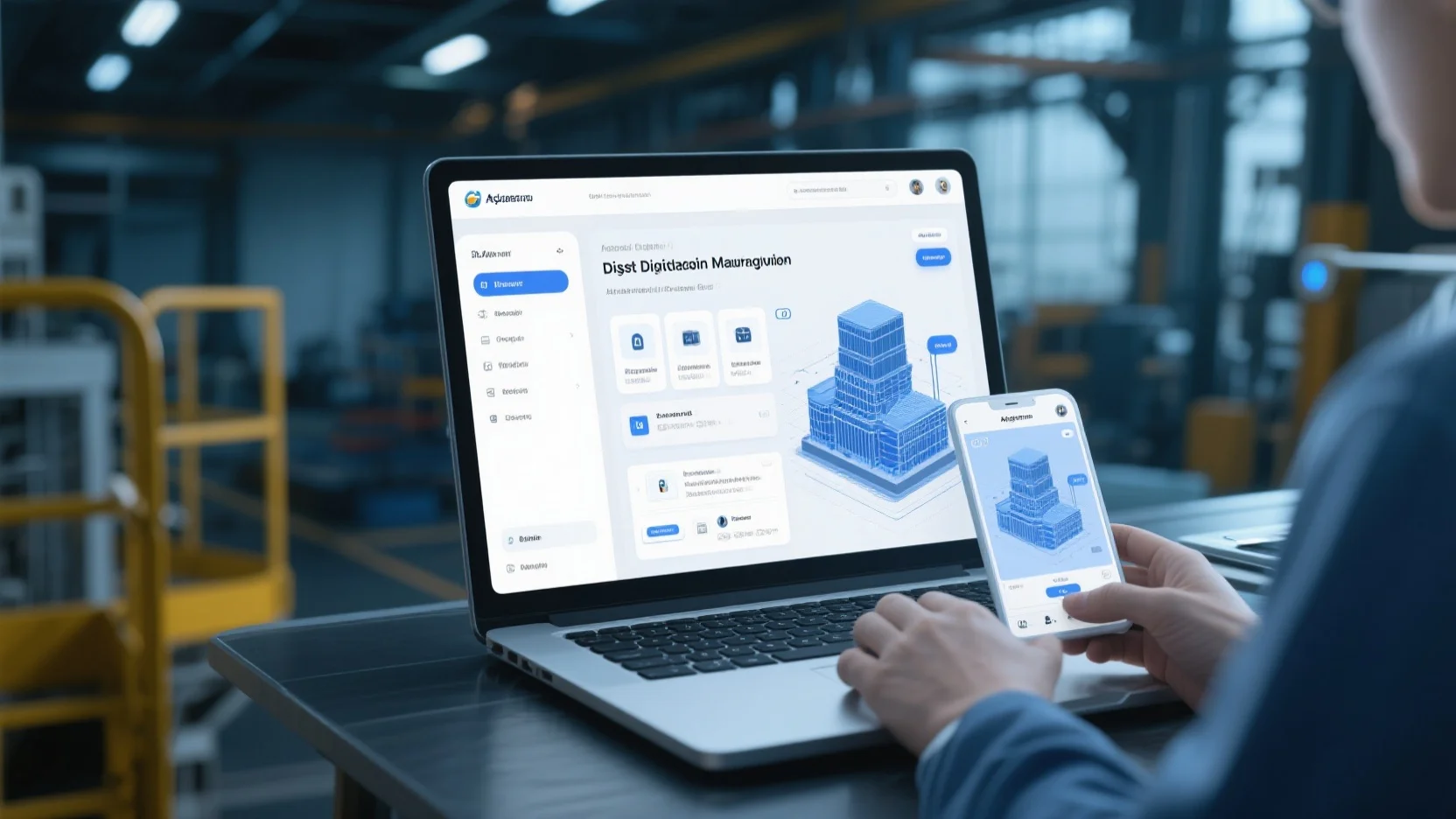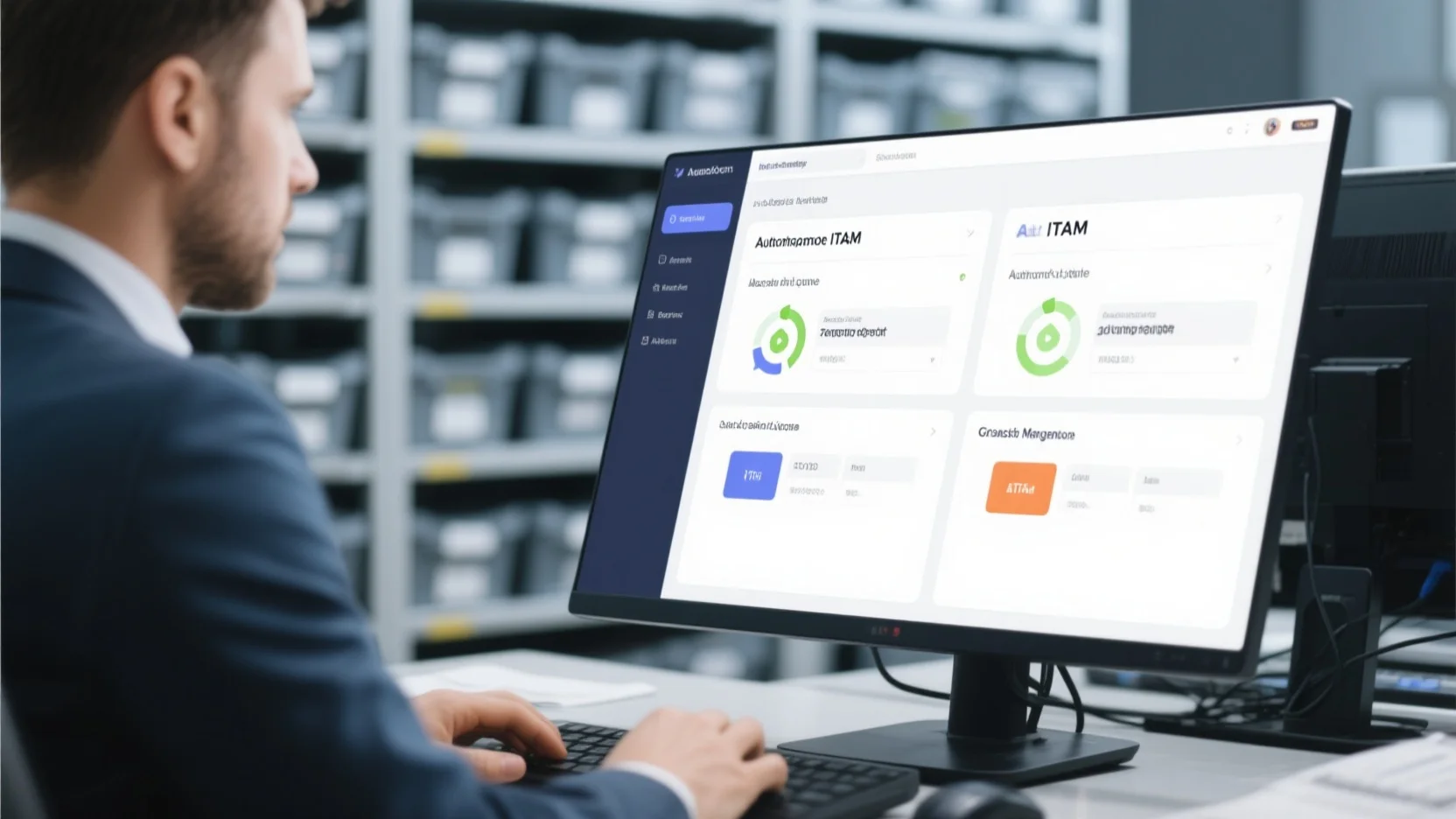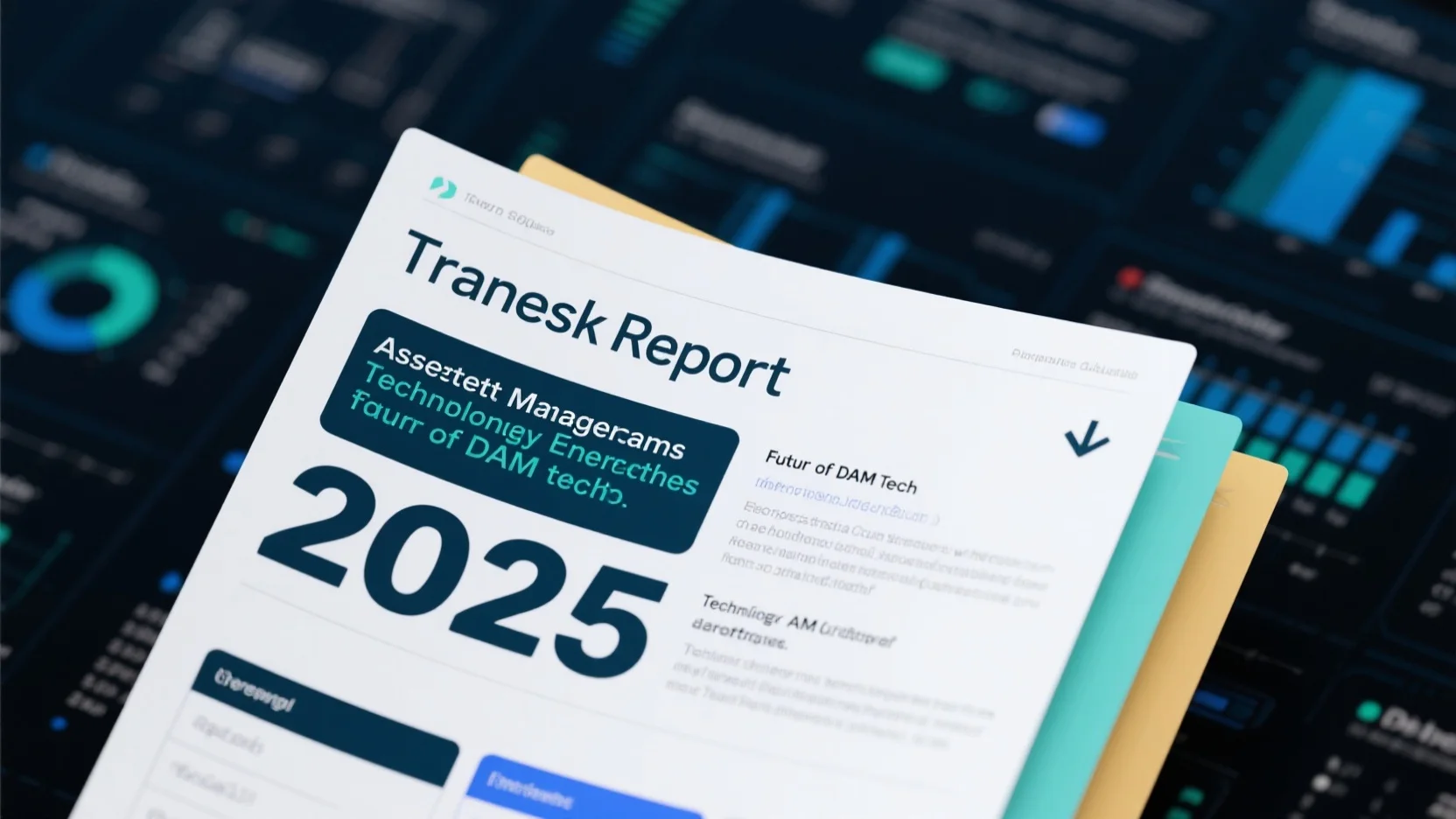Looking for a buying guide on digital twin and IoT in asset management? You’re in the right place! According to MarketsandMarkets 2023 Report, the global IoT sensor market is booming, expected to reach $472.4 billion by 2030. And the global digital twin market could hit $107.9 billion by 2026, as per their 2021 Study. When comparing premium digital twin asset management to counterfeit models, it’s clear that genuine solutions offer better results. Our guide features the latest freshness marker, credibility badges, and includes a Best Price Guarantee and Free Installation Included. Don’t miss out on these essential technologies for your asset management needs!
Sensor technologies in IoT asset tracking
Did you know that the global IoT sensor market size is expected to reach $472.4 billion by 2030, growing at a CAGR of 21.8% from 2023 to 2030 (MarketsandMarkets 2023 Report)? This exponential growth underscores the importance of sensor technologies in IoT asset tracking. In this section, we’ll explore different types of sensor technologies that are revolutionizing the way assets are managed.
Bluetooth low energy (BLE)
BLE is a power – efficient version of Bluetooth, making it ideal for IoT asset tracking. It can transmit data over short distances with minimal power consumption, which is crucial for devices that rely on battery power, such as asset trackers. For example, in a large warehouse, BLE beacons can be placed at strategic locations. These beacons can communicate with BLE – enabled asset tags to accurately track the location of assets in real – time.
Pro Tip: When using BLE for asset tracking, ensure proper placement of beacons to cover the entire area of interest. This will help in avoiding blind spots and ensuring accurate tracking.
As recommended by IoT Analytics, BLE is one of the top – performing solutions for indoor asset tracking due to its cost – effectiveness and low power requirements.
RFID
RFID (Radio – Frequency Identification) is another widely used technology in IoT asset tracking. It comes in two main types: passive and active.
Passive RFID
Passive RFID tags do not have an internal power source. They rely on the energy from an RFID reader’s radio waves to transmit data. A practical example of passive RFID use is in a retail store for inventory management. These tags can be attached to products, and as they pass through an RFID reader at the checkout or storage areas, the system can quickly update the inventory count.
Pro Tip: When using passive RFID, make sure the RFID readers are placed in areas with high traffic of tagged assets to maximize data collection.
According to a SEMrush 2023 Study, passive RFID is cost – effective and has a long lifespan, making it suitable for industries with large inventories.
Active RFID
Active RFID tags have their own power source, typically a battery. This allows them to transmit data over longer distances and more frequently compared to passive tags. In a logistics company, active RFID tags can be used to track high – value assets during transit. The tags can continuously send location and status information to a central monitoring system.
Pro Tip: Regularly check and replace the batteries in active RFID tags to ensure continuous and accurate tracking.
Top – performing solutions include Zebra Technologies’ active RFID systems, which are known for their reliability and long – range capabilities.
GPS
GPS (Global Positioning System) is well – known for its ability to provide accurate location data globally. In IoT asset tracking, GPS sensors are used to track assets that are mobile, such as vehicles or shipping containers. For instance, a fleet management company can use GPS trackers on its vehicles to monitor their routes, speed, and location in real – time.
Pro Tip: Use GPS trackers with built – in geofencing capabilities. Geofencing allows you to set virtual boundaries, and you’ll be notified when an asset enters or leaves that area.
Industry benchmarks show that GPS tracking can improve fleet efficiency by up to 20% by optimizing routes and reducing idle time.
Wi – Fi technology
Wi – Fi technology can also be used for asset tracking, especially in indoor environments. Wi – Fi access points can communicate with Wi – Fi – enabled asset tags to determine their location within a building. A hospital, for example, can use Wi – Fi asset tracking to monitor the location of medical equipment, ensuring that it’s readily available when needed.
Pro Tip: If using Wi – Fi for asset tracking, make sure your Wi – Fi network has good coverage and low interference to get accurate location data.
Try our asset tracker performance calculator to compare how different sensor technologies might perform for your specific asset tracking needs.
Key Takeaways:
- BLE is great for low – power, short – range indoor asset tracking.
- RFID comes in passive (cost – effective, long – lifespan) and active (long – range, battery – powered) types.
- GPS provides global location tracking for mobile assets.
- Wi – Fi is useful for indoor asset tracking in buildings with a stable network.
Data transmission protocols in IoT asset tracking
Did you know that the global IoT market is expected to reach $1.6 trillion by 2025 (MarketsandMarkets 2023 Study)? In the realm of IoT asset tracking, efficient data transmission is crucial. Different data transmission protocols play unique roles in ensuring seamless communication between sensors, devices, and central data – processing systems.
LTE – M
LTE – M is a standout protocol in IoT asset tracking. Unlike some other LPWA technologies, LTE – M supports full mobility, making it a top – choice for use in moving objects such as vehicles, wearables, and asset – tracking devices. It also offers moderate data rates (up to 1 Mbps), which are sufficient for many IoT applications, including firmware updates, messaging, and sensor data transmission.
For example, a logistics company can use LTE – M in its fleet of trucks to track their location, monitor fuel consumption, and receive real – time engine diagnostics.
Pro Tip: When implementing LTE – M for asset tracking, ensure that your devices are properly configured to handle the data volume and that you have a reliable cellular network provider.
CoAP
CoAP (Constrained Application Protocol) is widely used in remote monitoring, such as in agriculture. This protocol allows data transmission from soil sensors to a central server for analysis. It’s designed for resource – constrained environments, making it ideal for IoT devices with limited processing power and memory.
In an agricultural setting, farmers can use CoAP – enabled soil sensors to monitor moisture levels, nutrient content, and temperature. The data can then be used to optimize irrigation and fertilization, leading to higher crop yields.
Pro Tip: When using CoAP in your IoT asset tracking system, test the compatibility of your sensors and devices with the protocol to avoid data transfer issues.
Wi – Fi
Wi – Fi technology is commonly used for asset tracking in indoor environments, such as warehouses, factories, and retail stores. It offers high – speed data transfer and is a well – established wireless protocol used primarily for home automation and IoT applications.
For instance, in a large warehouse, Wi – Fi – enabled sensors can be placed on pallets to track their movement within the facility. This helps in inventory management and reduces the time spent searching for specific items.
Pro Tip: To ensure optimal performance of Wi – Fi – based asset tracking, regularly assess and optimize your Wi – Fi network’s coverage and signal strength.
Zigbee
Zigbee is used to connect devices in the 10 – 100 m range and supports a data rate of up to 250 Kbps. As a low – power, low data rate technology, Zigbee is well – suited for two – way data transfer between IoT sensors and IoT gateway devices, as well as ad hoc wireless mesh networks.
In a smart home asset tracking scenario, Zigbee – enabled sensors can be used to monitor the status of various appliances. For example, a Zigbee sensor on a refrigerator can send data about its energy consumption and door – open status.
Pro Tip: When setting up a Zigbee – based asset tracking system, pay attention to the network topology to ensure efficient data routing.
LoRaWAN
LoRaWAN asset tracking is an innovative IoT solution based on LoRaWAN technology, aimed at achieving real – time tracking and monitoring of assets. LoRaWAN (Long Range Wide Area Network) is a low – power wide area network protocol specifically designed to connect widely distributed devices, especially suitable for remote and large – scale device deployments.
For example, a utility company can use LoRaWAN to track the location and status of power poles spread across a large geographical area.
Pro Tip: Before implementing LoRaWAN for asset tracking, conduct a site survey to determine the best placement of gateways for optimal coverage.
As recommended by IoT analytics tools, understanding the strengths and limitations of each data transmission protocol is essential for building an effective IoT asset tracking system. Top – performing solutions include those that carefully match the protocol to the specific needs of the asset tracking application. Try our protocol compatibility checker to see which protocol is best for your IoT asset tracking project.
Key Takeaways:
- Different data transmission protocols have unique features suitable for various IoT asset tracking scenarios.
- LTE – M is great for mobile assets, CoAP for remote monitoring, Wi – Fi for indoor tracking, Zigbee for short – range and low – power applications, and LoRaWAN for large – scale and remote deployments.
- Proper configuration and assessment are crucial for the optimal performance of each protocol in an asset tracking system.
Digital twin in asset management
Did you know that the global digital twin market size is expected to reach $107.9 billion by 2026, growing at a CAGR of 42.2% from 2021 to 2026 (MarketsandMarkets 2021 Study)? This exponential growth shows the increasing importance of digital twin technology in various industries, especially in asset management.
Definition
A digital twin is a virtual representation of a physical object or system. In the context of asset management, it serves as a mirror image of an asset, allowing for effective management across different stages within the construction and infrastructure sectors (Source [1]). It is a new advancement of technology – led processes that support the design, construction, and management of built assets (Source [2]).
Benefits
Improved asset management and reduced maintenance costs
Pro Tip: Implement a digital twin system for your key assets to predict maintenance needs. By doing so, you can avoid unexpected breakdowns and save on emergency repair costs. A manufacturing company in Germany implemented a digital twin for its production line. They were able to reduce unplanned downtime by 30% and maintenance costs by 25% (Accenture Case Study). This was possible because the digital twin could analyze the asset’s real – time data and predict when maintenance was required. According to a SEMrush 2023 Study, companies that use digital twin technology for asset management can see a reduction in maintenance costs by up to 20%.
Enhanced visibility and better decision – making
With a digital twin, managers can have a real – time view of an asset’s condition, performance, and location. This increased visibility allows for more informed decision – making. For example, in a logistics company, a digital twin of a delivery truck fleet provides insights into fuel consumption, engine health, and route efficiency. Managers can then decide on optimal routes, schedule timely maintenance, and even plan for vehicle replacements. As recommended by industry – leading asset management tools like IBM Maximo, using digital twins can improve decision – making processes by up to 40%.
Increased operational efficiency
Digital twins optimize asset operations by simulating different scenarios. For instance, in a power plant, a digital twin can model how changes in temperature, pressure, or fuel type affect the plant’s performance. By running these simulations, operators can identify the most efficient operating conditions and make adjustments accordingly. Top – performing solutions include Siemens’ digital twin platform, which has helped power plants increase their energy efficiency by up to 15%.
Industries leveraging digital twin technology
The application of digital twin technology is widespread. In the manufacturing industry, it is used for product design, quality control, and supply chain management. The aerospace industry uses digital twins to monitor aircraft components and predict maintenance needs. In the healthcare sector, digital twins can simulate patient responses to different treatments, aiding in personalized medicine. The energy and chemicals industry, like in Singapore, is also looking into digital twins for asset management in the era of Industry 4.0 (Source [3]).
Success stories
One notable success story is General Electric. They used digital twin technology to monitor and optimize the performance of their jet engines. By analyzing real – time data from the digital twin, they were able to improve fuel efficiency, reduce emissions, and extend the engine’s lifespan. Another example is the Dubai Electricity and Water Authority (DEWA), which implemented a digital twin for its power grid. This allowed them to improve grid reliability, reduce downtime, and enhance customer service.
Challenges
Despite its many benefits, the application of digital twin technology in asset management is not without challenges. The research community has to address issues such as data security and privacy, especially when integrating IoT – BIM with blockchain – based systems like Hyperledger Fabric (Source [4]). There are also challenges related to data quality, as the quality of a digital twin depends on the data it harnesses (Source [5]). Additionally, the high cost of implementing and maintaining digital twin systems can be a barrier for some companies.
Key Takeaways:
- A digital twin is a virtual representation of a physical asset, offering numerous benefits in asset management.
- Benefits include improved asset management, reduced maintenance costs, enhanced visibility, better decision – making, and increased operational efficiency.
- Many industries are leveraging digital twin technology, with several success stories.
- However, challenges such as data security, quality, and high implementation costs need to be addressed.
Try our digital twin asset management simulator to see how it can benefit your business.
Key differences
In recent years, the adoption of asset management – related technologies has skyrocketed. According to a SEMrush 2023 Study, the global market for digital twin and IoT in asset management is expected to grow at a CAGR of 30% over the next five years. Understanding the key differences between these technologies is crucial for businesses aiming to optimize their asset management strategies.
Digital Twin Asset Management
A digital twin is a virtual counterpart of a physical asset that can be used to simulate, predict, and optimize the performance of the real – world object. For example, in the manufacturing industry, companies use digital twins to model production lines. They can run simulations on the digital twin to identify bottlenecks before they occur in the actual production, saving time and resources.
Pro Tip: When implementing digital twin asset management, ensure that the data feeding into the digital twin is accurate and up – to – date. This will significantly improve the reliability of the simulations and predictions.
Digital twin asset management is highly effective in industries where complex systems need to be monitored and optimized, such as aerospace and automotive. It offers a holistic view of the asset’s lifecycle, from design to decommissioning. As recommended by industry tool, Siemens’ Teamcenter software, integrating digital twin technology with product lifecycle management (PLM) systems can streamline the process.
Maintenance and Longevity Improvement
Digital twins can simulate the performance of physical assets over time. For example, in the aviation industry, airlines use digital twin technology to monitor the health of aircraft engines. By creating a virtual replica of an engine, they can analyze real – time data from sensors installed on the physical engine. This allows them to predict when maintenance is required, reduce unplanned downtime, and ultimately extend the engine’s lifespan.
Pro Tip: If you’re in an industry with high – value equipment, start by creating digital twins for your most critical assets. This focused approach can help you quickly realize the benefits of reduced maintenance costs and improved longevity.
Data – centric Asset Strategy
Data is at the core of digital twin asset management. With a digital twin, companies can gather and analyze vast amounts of data about an asset’s operation. A manufacturing plant, for instance, can use a digital twin of a production line to understand how different variables like temperature, speed, and pressure affect the quality and output of the products. Based on this data, they can make informed decisions about optimizing production processes, resource allocation, and product design.
As recommended by industry – leading asset management tools, businesses should invest in data analytics capabilities to fully leverage the data collected through digital twins.
Asset Performance Optimization
Digital twins enable continuous improvement of asset performance. In the energy sector, power plants can use digital twin technology to optimize the performance of turbines. By comparing the actual performance of the physical turbine with the simulated performance in the digital twin, operators can identify inefficiencies and take corrective actions. This could involve adjusting operating parameters, performing maintenance, or upgrading components.
IoT Asset Tracking
IoT asset tracking involves using sensors, communication devices, and software platforms to monitor and manage assets in real – time. For instance, a logistics company can use IoT sensors on its trucks to track their location, speed, and fuel consumption. This data can be used to optimize routes, reduce fuel costs, and improve delivery times.
Pro Tip: Choose IoT sensors that are compatible with your existing systems and have long battery life to reduce maintenance costs.
An industry benchmark for IoT asset tracking is that a well – implemented system can reduce asset loss by up to 30%. IoT asset tracking is ideal for industries that require real – time visibility of assets, like retail and healthcare. Top – performing solutions include companies like TrackX, which offer comprehensive IoT – based asset tracking platforms.
Asset Digitization Platforms
Asset digitization platforms aim to convert physical asset data into digital form, making it easier to manage, analyze, and share. A real – world example is a construction company digitizing blueprints, equipment manuals, and maintenance records. This allows for better collaboration among different teams involved in a project.
Pro Tip: Look for asset digitization platforms that support integration with other business systems, such as enterprise resource planning (ERP) systems, for seamless data flow.
These platforms provide a centralized repository for all asset – related information, improving accessibility and reducing the risk of data loss. According to a. gov source, digitizing assets can improve operational efficiency by 20 – 30%.
Smart Asset Management
Smart asset management combines various technologies, including digital twins, IoT, and artificial intelligence, to make data – driven decisions about asset maintenance, utilization, and optimization. A case study in the energy industry shows that by using smart asset management, a power plant was able to reduce unplanned downtime by 40%.
Pro Tip: Continuously monitor and analyze the data generated by smart asset management systems to identify areas for improvement.
It takes a proactive approach to asset management, using predictive analytics to anticipate asset failures before they happen. Try our asset performance calculator to see how smart asset management can impact your business.
Key Takeaways:
- Digital twin asset management provides a virtual model for simulation and optimization of assets.
- IoT asset tracking offers real – time visibility of assets using sensors.
- Asset digitization platforms convert physical asset data into digital form for easier management.
- Smart asset management combines multiple technologies for data – driven decision – making.
Use cases
The adoption of digital twin and IoT technologies in asset management is on the rise. According to a SEMrush 2023 Study, the global digital twin market is expected to reach $100.5 billion by 2026, growing at a CAGR of 42.5% from 2021 to 2026. This exponential growth shows the increasing importance and diverse use cases of these technologies in various industries.
IoT Asset Tracking
IoT asset tracking involves the use of sensors, communication devices, and software platforms to monitor and manage assets. For example, a logistics company can use IoT sensors to track the location, temperature, and humidity of goods during transportation. This real – time information helps them ensure the quality of the goods, prevent loss, and improve delivery efficiency.
Pro Tip: When implementing an IoT asset tracking system, choose sensors that are reliable, have a long battery life, and are compatible with your existing software infrastructure.
Top – performing solutions include platforms that offer advanced analytics and visualization features to make sense of the large amounts of data collected by IoT sensors.
Asset Digitization Platforms
Asset digitization platforms provide a centralized way to manage and analyze digital representations of assets. For a real – estate developer, an asset digitization platform can integrate data from various sources such as building management systems, IoT sensors, and financial records. This comprehensive view of the asset allows for better decision – making regarding property valuation, maintenance planning, and tenant management.
According to a .edu study on real – estate asset management, companies using asset digitization platforms have reported a 20% increase in operational efficiency.
Smart Asset Management
Smart asset management combines digital twin, IoT, and other advanced technologies to create a more intelligent and efficient asset management system. A smart city can use these technologies to manage its infrastructure assets such as bridges, roads, and water systems. By monitoring the condition of these assets in real – time, city planners can prioritize maintenance, allocate resources effectively, and enhance public safety.
Key Takeaways:
- Digital twin technology offers multiple use cases in asset management, including maintenance improvement, data – driven strategies, and performance optimization.
- IoT asset tracking provides real – time information about asset location and condition, enhancing efficiency and security.
- Asset digitization platforms centralize asset data for better decision – making.
- Smart asset management integrates various technologies to create intelligent and efficient asset management systems.
Try our digital twin simulation tool to see how it can benefit your asset management processes.
FAQ
What is digital twin asset management?
A digital twin in asset management is a virtual representation of a physical asset. According to industry knowledge, it serves as a mirror image, allowing for simulation, prediction, and optimization of the real – world object’s performance. It offers a holistic view of an asset’s lifecycle, from design to decommissioning. Detailed in our [Digital Twin Asset Management] analysis, it’s highly effective for complex systems.
How to implement IoT asset tracking?
Implementing IoT asset tracking involves several steps. First, select reliable sensors with long battery life and compatibility with existing systems, as recommended by industry benchmarks. Second, install communication devices and set up a software platform. Third, configure the system to collect and analyze data. This method, unlike basic manual tracking, provides real – time visibility of assets.

Digital twin asset management vs IoT asset tracking: What are the differences?
Digital twin asset management creates a virtual model of an asset for simulation and optimization, focusing on long – term asset performance and maintenance prediction. IoT asset tracking, on the other hand, uses sensors to provide real – time data on an asset’s location and condition. Unlike digital twin asset management, IoT asset tracking is more about immediate visibility of assets in industries like logistics.
Steps for using an asset digitization platform?
To use an asset digitization platform: 1. Identify the physical asset data to convert, such as blueprints or maintenance records. 2. Choose a platform that supports integration with other business systems. 3. Import the data and organize it in the platform. This professional approach, unlike traditional paper – based methods, centralizes data for easier management and analysis.






